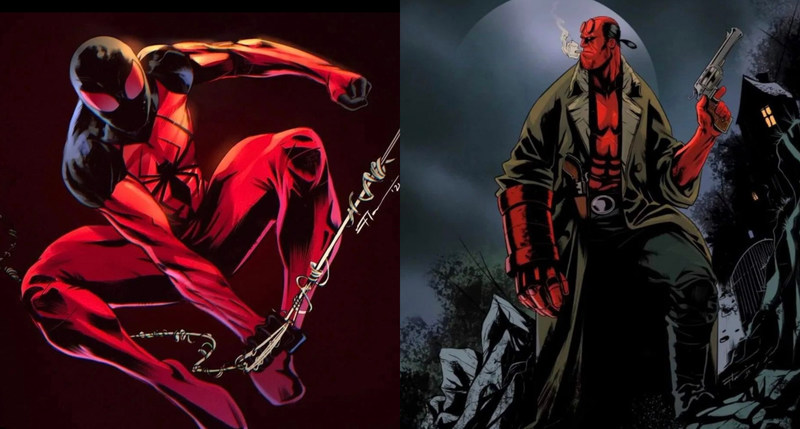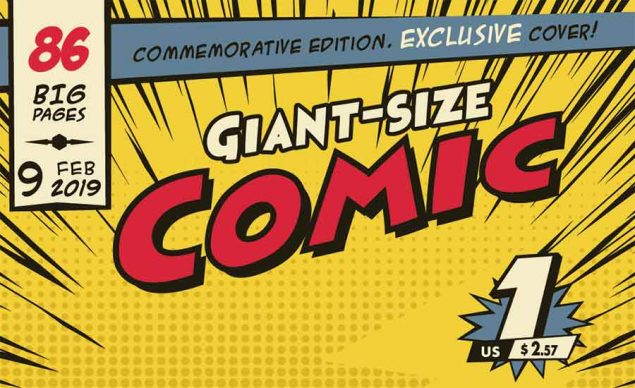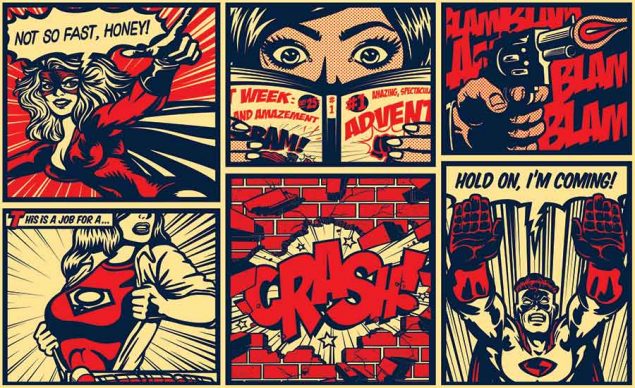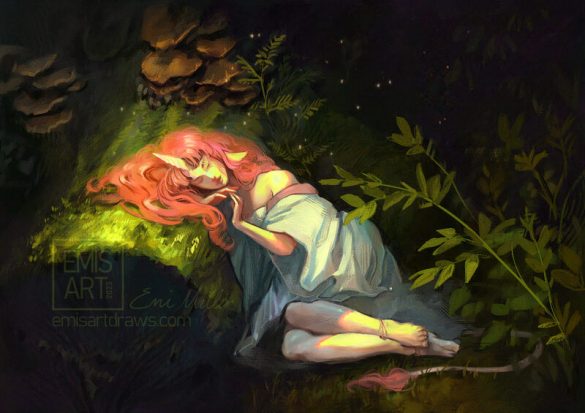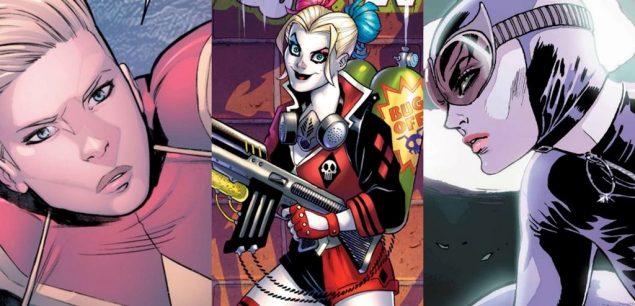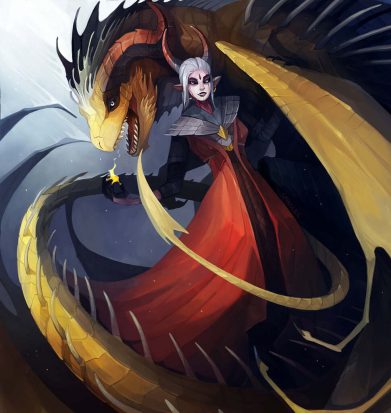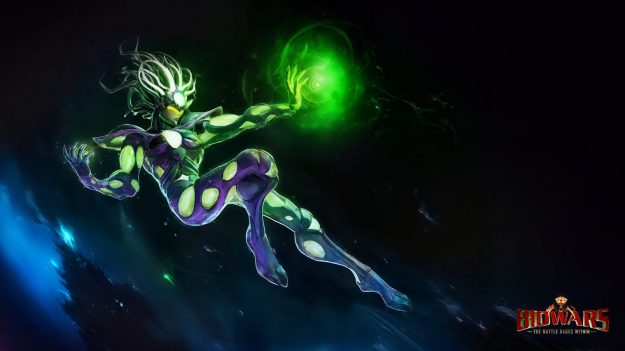Related Resources
We continue our interview series with Flaviu Pop — a terrific artist from Bucharest who continuously blesses our Instagram feed with his beautiful illustrations!
A self-taught comic book artist, we were curious to find out about Flaviu’s journey as an artist, and what advice he would give to aspiring artists.
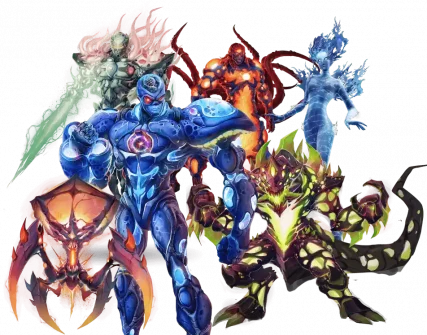
1. Flaviu, you are a self-taught comic book artist and illustrator. How much work goes into becoming a comic book artist?
I have been drawing on and off ever since I was able to hold a pencil in my hand.
I was born in ‘96, so I grew up watching reruns of Spider-Man, X-Men and Batman The Animated Series, all of which influenced my first drawings.
I really intended to become a comic book artist as a kid, but I feared that art would not be financially viable.
In the spring of 2020, I decided to give art another shot.
I did it for fun at first and as a means to relax after work (I used to work as a PR and educational consultant).
I had some knowledge in how to use Photoshop from my college years and I decided to buy my first tablet and start working digitally (I actually alternated between drawing traditionally and digitally).
I started collecting comics again and getting more and more inspired by them.
Initially, I started to hone my painting skills, but comics beat any other medium for me.
It was love at first sight in my childhood and a continuous learning process ever since.
Around October 2020 I got contacted by one of my ongoing collaborators for my first comic gig.
In my case, it took about three years and a lot of late nights to come to where I am right now and become the artist I am today.
When it comes to becoming a comic book artist, it all depends on the person and how much time they are willing to dedicate to the craft. Some people are naturally talented and learn very easily; others need to work harder and be very disciplined.
In the end, I believe that willpower is the best tool in any artist’s arsenal.
2. You’ll have an illustrated guide on multiple versions of Batman published in October 2023. Can you tell us about that project and how the collaboration with Matthew K. Manning happened?
I received an email from the art director of Insight Editions in the fall of last year.
They were looking for an artist to illustrate a new book they were about to launch which was to feature Batman a lot.
Honestly, at first, I thought it was either a joke or one of those opportunities that are too good to be true.
I thought they’d reject me eventually or I wouldn’t hear from them again, but to my disbelief, they shared all the details about the project with me; soon after that, I started working on the book.
I did not know initially who was going to write it and I was very pleased to find out Matthew is the writer.
I am truly honored to be working with such a great writer and a Batman veteran.
Batman is my favorite comic book character, and my heart skipped a beat when I found out I was accepted to illustrate the guide.
I am pretty new to the game and could not imagine working on such a high-profile project so soon, but either fate, the social media algorithm, or both put my work in front of the people from Insight Editions and DC and they decided to hire me.
3. How challenging was it to draw different versions of Batman, from Batman Who Laughs to Bizarro-Batman?
I think the workload and pace were probably more challenging than illustrating different versions of Batman.
I work as both the illustrator and colorist for the book, which is pretty intense as the deadlines are also tight.
The book will feature a lot of illustrations and I had to have a disciplined approach in order to make everything work in time.
Style-wise, I am having a lot of fun exploring different approaches for every character.
But at the end of the day, I use “my style” and I make slight tweaks to it depending on the Batman version I’m working on.
It’s funny how a year ago I kept telling myself how I should really draw more Batman. Now I get to draw a whole multiverse of Batman, haha!
4. What does the process of creating a comic book look like for you?
To me, illustrating comics is like directing a play based on a script, or so I imagine.
Comics allow me to explore ideas and emotions in a more intense way than regular illustration, and they provide a sense of control that you, the artist, need to be able to make the characters act and work in favor of the story.
I was fortunate to become involved in independent comics very early on in my art journey, which allowed me to become involved in pretty much all stages of comic book production — from creating character concepts all the way to designing the book and lettering.
I am now focusing more on the illustration part.
Despite this being a creative discipline, I am pretty analytical with my decisions throughout the creative process.
I try to think of the functionality and purpose of the details on the characters and panels on the page, and I apply this to my character designs, thumbnails, inks and colors.
In terms of an effective production process, comics are about endurance.
I think the initial stage of conceptualizing the panel and page composition is probably the most challenging.
I tend to change my mind a lot, so it takes me a while to decide on a specific idea.
After the thumbnailing stage is done, I refine the sketches in pencil and proceed to ink the pages and add colors at the end.
It’s a pretty straightforward process which usually takes me two days per page. I work digitally, so that speeds up the process a lot and allows me to experiment more.
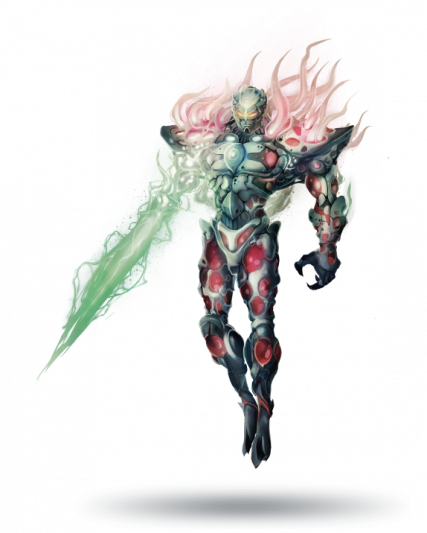
5. Your works are colorful and vibrant, but there’s a certain darkness to them, reminiscent of cyberpunk and neo-noir. How have you shaped your unique artistic expression?
As a child, I used to look at a lot of old art albums which my parents would buy me.
I started developing my tastes based on what I was seeing.
I felt most attracted to Baroque and Impressionism paintings; the two styles have different characteristics that I tried to adopt in my personal style.
I loved the realism and the contrast in Baroque compositions; there was also a certain darkness of the style that spoke to the metalhead in me at the time.
On the other hand, I loved the coloring and painting techniques I would find in Impressionism.
I got inspired by these art styles and tried to go in a similar direction with the skills I had at the time — they were close to none, but better than most of my peers at least, so that motivated me to continue.
Spending time watching animated shows and playing video games also helped develop my visual library. A bit of Mass Effect here, a little bit of Trigun mixed with Batman The Animated Series there, and a smidge of Caravaggio…that’s probably the easiest way I can describe my style.
My personal formula was to practice and look at a lot of stuff and let my mind pick what it likes the most and then integrate it into my personal aesthetic.
6. Who are some of your biggest artistic influences and how have they impacted your journey as an artist?
I mentioned a few in my answer to the previous question, but when it comes to actual comic book artists, the two that influenced me the most were Mark Bagley and John Romita JR.
I think I discovered their work when I was about seven years old.
At the time, I couldn’t find many comic books being sold in Romania (which is where I’m from), but Ultimate Spiderman and Wolverine: Enemy of the State were the first two comic series that I could get in my country as a kid, translated in my native language.
I love Mark Bagley’s expressions and anatomy and JRJR’s energetic and cinematic panels. I “stole” quite a few moves from them and I still try to follow their work as much as I can.
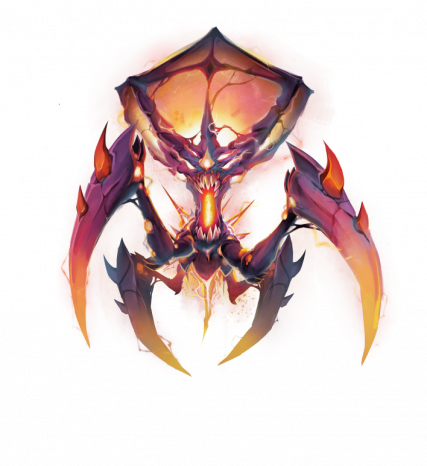
7. You also do album covers for musicians. How much creative freedom do you have when collaborating with other artists and making art for someone else?
It depends on the project, but usually quite a lot.
I love working with musicians; as fellow creatives, they don’t want to place too many boundaries on me.
A short brief obviously helps, and so does listening to a song/an album to understand its overall tone and mood, but generally speaking, I feel very free when working with musicians.
I am also fortunate to be able to work with artists that I really like and whose music is already on my playlist. That also makes things a lot easier for me.
8. What advice would you give to someone who is interested in becoming a comic book artist?
I can’t say that I’m in a position where I can give valuable advice to others as I have a lot to improve in my work, but, aside from the usual “practice a lot” and “read comics,” the main thing I can say (and hopefully it’ll be useful), is try not to limit yourself to only one style.
Or better yet — don’t push yourself to do something that doesn’t reflect who you are.
I see a lot of beginners get discouraged when they can’t draw like a certain artist they admire, and they tend to stop or slow down as they don’t think they can ever become good.
I’d recommend looking for inspirations that speak to you.
Not everybody has to draw realistically; it’s all a choice, and for some, it’s easier than it is for other artists.
There are many good comic books and manga with unconventional art styles that are honestly a breath of fresh air, and I noticed even the big companies now look for more people with a stylized personal aesthetic that can make their stories stand out.
Obviously, the goal is to develop your own style and not stay in the shadow of a bigger artist who inspired you; it’s important to know that there is a place out there for you as well.
9. How do you see the future of comic books and graphic novels evolving?
I can only guess that more emphasis will be put on digital comics and NFT collectibles.
Physical copies will still sell, which is great as I love collecting physical books, but I think a lot more content will be sold electronically.
I’ve never tested any AI art generators and can’t talk on that matter, but I’m happy to see that the comic book industry is still in favor of the creators.
I can see other industries adapting to the AI boom, but I think that artists will be the ones to decide whether they’ll use AI platforms in their work. After all, comics, like many literary works, are all about the human touch, emotions and the connection between the fans and creators.
We’ll see what the future will bring, but I stay hopeful when it comes to comics.
10. Can you talk about any upcoming projects or collaborations that you’re excited about?
The first comic book project I’ve ever worked on — The Cardinal for Alpha Comics Publishing, will hit Kickstarter on May 5.
It’s a superhero comic book written and lettered by Mason Solimine and illustrated and partially colored by me.
It was a real learning experience for me and I’m so happy to finally see it going live.
Batman The Multiverse of The Dark Knight is coming out this fall.
I am also working on a few covers for upcoming releases of my music collaborators such as Tokyo Rose and Rogue VHS which will hopefully be launched later this year.
These are the ones I can talk about at the moment.
Thank you for doing this interview with BIOWARS, Flaviu! It was so good to welcome you to the BIOCOSMOS. See you soon!
If you’re interested in getting to know other comic book artists, check out these interviews with David Jacob Duke, Ceren Sultan Ekinci, Marko Djeska, Sean Damien Hill, Anthony Carranza, Lucius Cross, Gonçalo Lopes and Chrigel Farner. You can also take a look at artist profiles, including Jack Kirby and Jim Lee.

